It is not a shock that Sun Life Financial Philippines‘ Kaakbay campaign took off the way that it did. With five huge personalities opening up about their life stories onscreen, it was a new and refreshing approach rarely taken by other local brands, let alone an insurance company.
Crafted by the visionary minds at creative content studio Indie.Go, the 4-part series stars some of the Philippines’ most celebrated public personalities in individual films that show a new side of the five different celebrities, and their personal lifetime partners: Enchong Dee in “Coach”, Matteo Guidicelli in “Nonno”, Piolo & Inigo Pascual in “Bro”, and Charo Santos-Concio in “Greatest Love”.
Direk Jun Reyes, Creative Head of Indie.Go, shared with us how the campaign came about over lunch while he and the Sun Life team were shooting a commercial for the same campaign. The idea to create this run centered around the ambassadors themselves was tossed around, and eventually, led to the series.
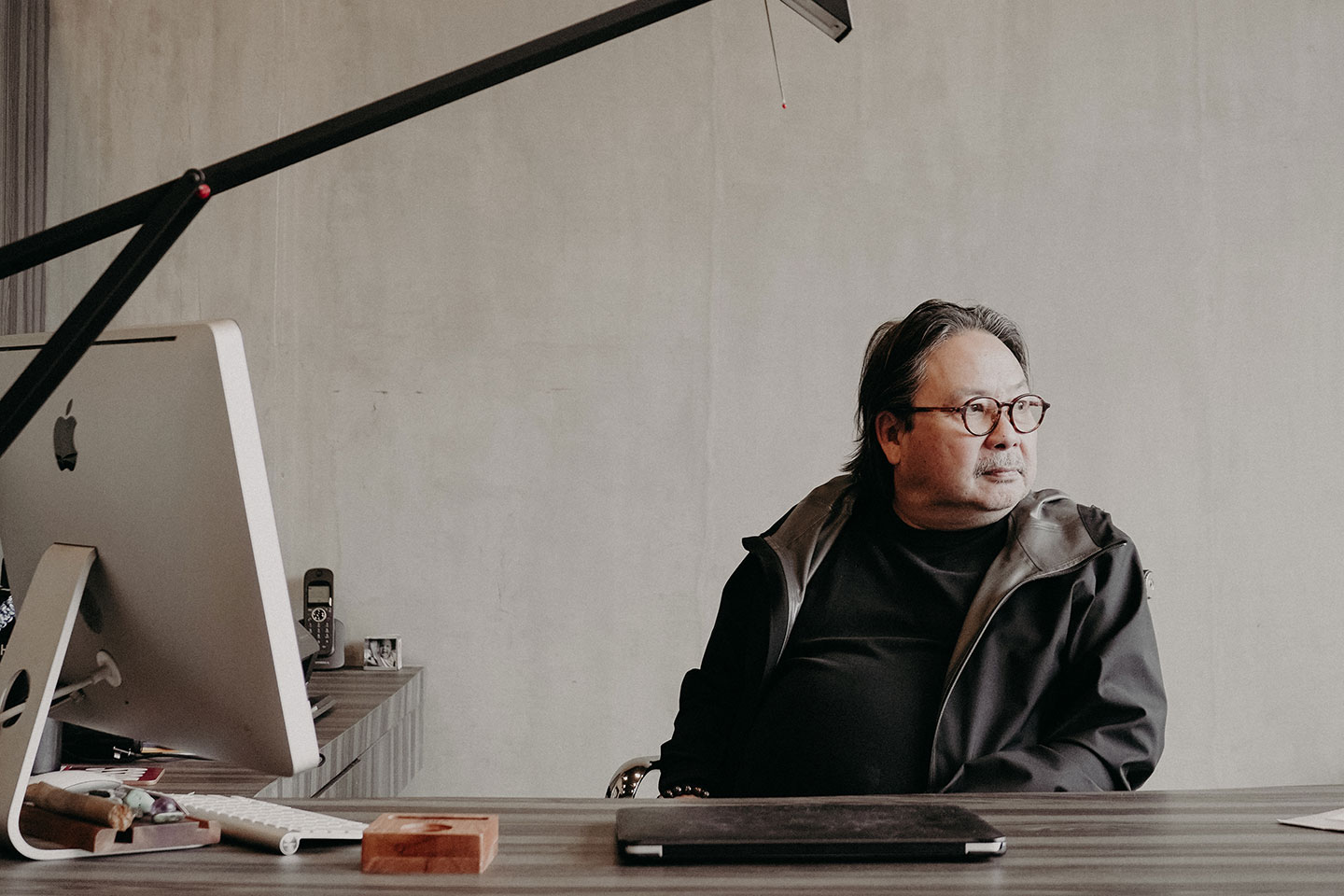
To create a such a raw and honest set of films is definitely not an easy task, especially since most actors are used to playing a role onscreen rather than playing themselves. The directors of Indie.Go knew the weight of this project, and treated it with as much care and respect as they could. In fact, Direk Zig Marasigan shared with us how much time and effort was put into the research behind each film.
“The campaign is more structured like a documentary than an advertising campaign. The subjects are literally the concept – the stories came from them, the heart and soul came from them. So it required us to do a lot of pre-interviews with them so we could get the best story.”
With intensive interviews leading to deep conversations over drinks, it led to a mountain of unearthed stories they could have chosen to hero for the film. But in the end, the most glaring threads that embodied what lifetime partnership meant led to Enchong Dee’s “Coach”, Matteo Guidicelli’s “Nonno”, Piolo & Inigo Pascual’s “Bro”, and Charo Santos-Concio’s “Greatest Love”.
Dissecting the lives of each ambassador to present their life stories to the world required a lot of collaborative effort between Sun Life’s marketing team, Indie.Go’s directors and production team, and the ambassadors themselves. Since the films revolved around each of the stars’ own testimonies on some of the most important people in their lives, a script couldn’t just be merely thrown at them. The lines on their films were actual excerpts from their conversations with the directors, hence the natural flow in each ambassador’s monologue.
Photos and old footages are also a big part of what makes the campaign so clearly authentic, and for these public figures, it is almost expected that getting a hold of these captured memories would be a piece of cake. Well, not exactly.
Direk Jun, who directed “Coach”, “Bro”, and “Greatest Love”, shared some stories about how he acquired the footages for each of his films. The most challenging proved to be that of Enchong’s “Coach” as he revealed that the swimmer’s family at the time didn’t have the resources to purchase a camera, leading to Enchong having an almost undocumented childhood and early swimming career. Most of the images and clips flashed throughout his film were sent over by long-time fans and friends, Direk shared.
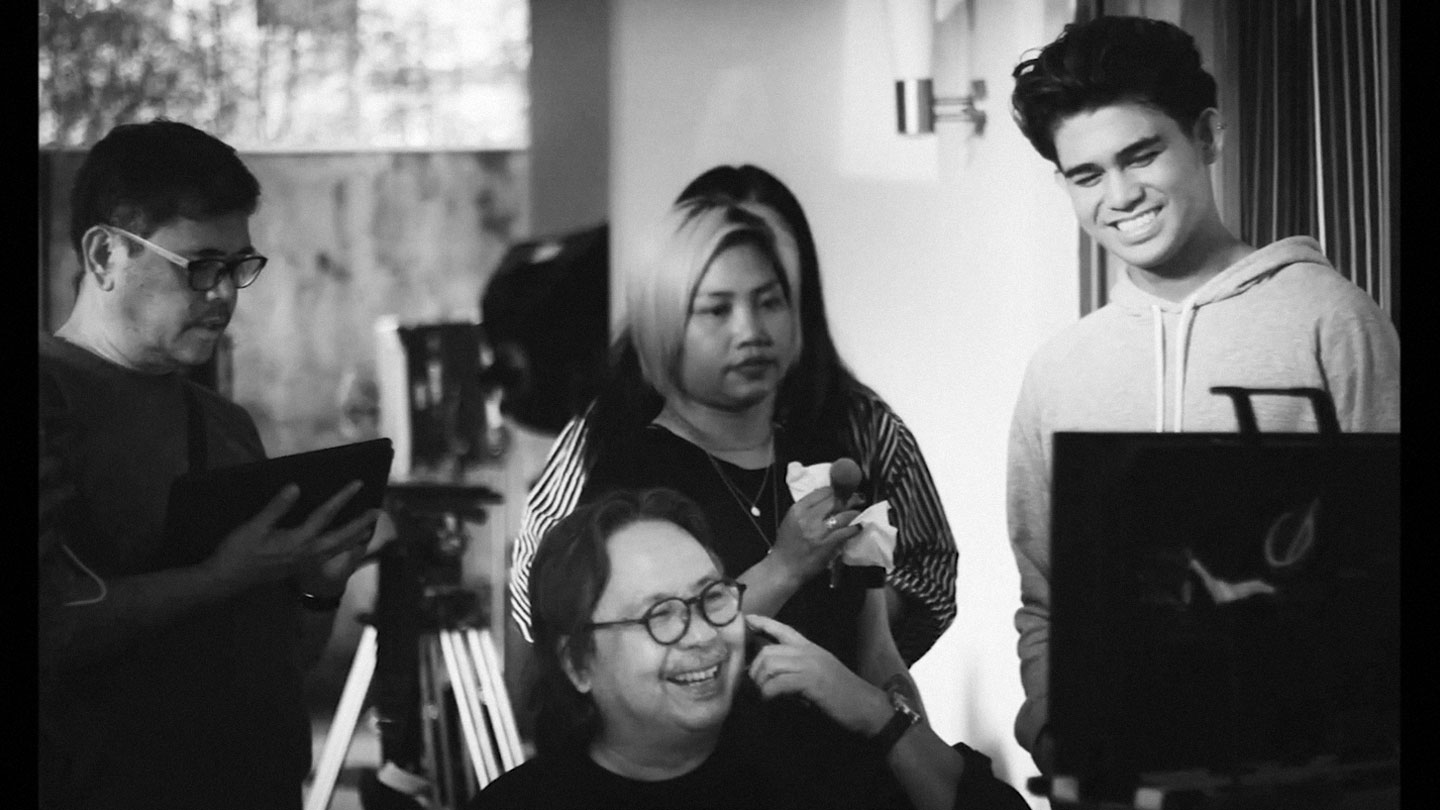

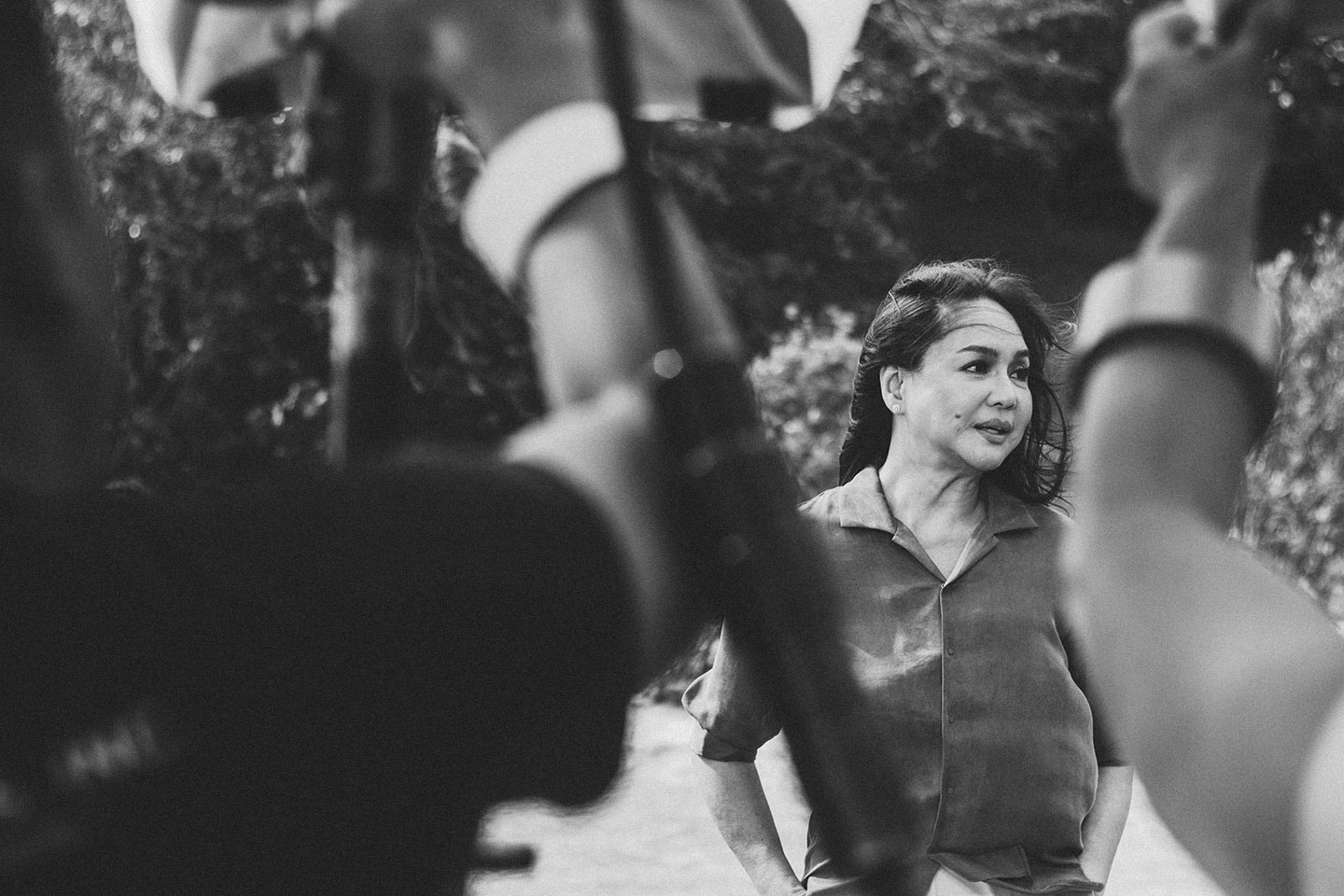
As for Piolo and Inigo, aside from the rich collection of images and videos that they have personally, Direk experimented with inserting Instagram videos into the film – capturing the more youthful and fun relationship between the “Bro”-like father and son. In contrast, Charo’s “Greatest Love” film is evidently composed of archival still images that seemingly serve as time stamps to depict their love story’s progression. Interestingly enough, Direk revealed how Charo didn’t have many video footages from that time as it reminded her too much of her work at ABS-CBN.
Perhaps the least challenging ambassador to acquire images and footage of is Matteo. As Direk Nic Reyes shared, the Guidicelli family did a fine job at documenting and saving keepsakes from Matteo’s childhood and his highly successful kart racing career. Albums upon albums, and stacks upon stacks of memorabilia, the amount of physical memories available for them to feature in the film actually inspired the whole tone of it. Direk Nic told us how this abundance inspired him to style the film into a vlog-type of commercial, also anchoring on Matteo’s innate charm and candidness that made the viewers feel as if they’re listening to a friend talk about his grand father. This, then, created the unique texture of Matteo’s film “Nonno” – a fun and loving tribute to his family, specifically his late grandfather.
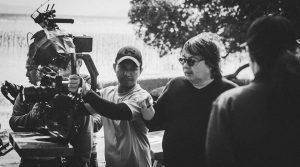
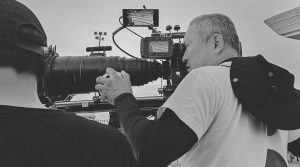


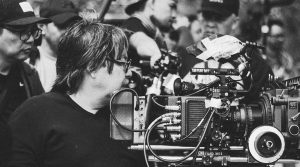
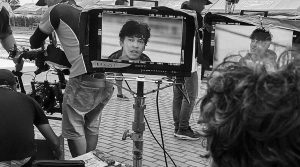
Behind-the-Scenes courtesy of Indie.Go
Like “Nonno”, each of the four films have a distinct texture that sets it apart from the other ones in the series: “Coach” thrives on water to appreciate Enchong’s relationship with it as a swimmer; “Bro” puts the spotlight on the stage, and rightly so, as so much of Piolo and Inigo’s life and personal relationship is bound to their life onstage; while “Greatest Love” heavily relies on archives and vintage paraphernalia to illustrate the vastness of Charo’s life experiences – with Direk Jun making the conscious decision to present photos of the past in color, and the footage from the present in black & white to emphasize the change in timelines.
It could be said that the campaign (in its totality and individuality) views more like a mini documentary than an advertising work. Each of the films are so personal and distinct that it’s almost easy to forget that they’re all part of one Kaakbay campaign until those last few seconds when they turn to the camera and deliver the line that holds the heart of it all: my lifetime partner.









